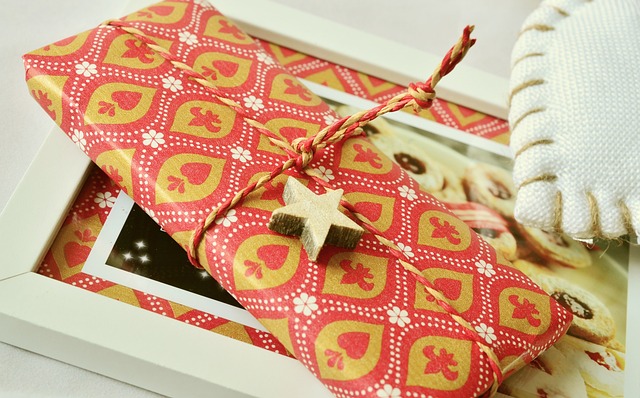Mastering the Art of Panel Wrapping: Essential Tips for a Flawless Finish
Panel wrapping is an art that combines precision, technique, and creativity. Whether you’re looking to wrap a vehicle, furniture, or any flat surface, mastering this skill can lead to professional-grade results. In this guide, we’ll explore essential panel wrapping tips to help you achieve a smooth application and ensure long-lasting durability for any project.
Understanding the Basics of Panel Wrapping
Before diving into the techniques, it’s crucial to understand the materials and tools you’ll need for a successful panel wrapping project:
- Vinyl Wrap: Choose high-quality vinyl that suits your project. Look for cast vinyl for vehicles, as it’s more flexible and durable.
- Application Tools: Essential tools include a squeegee, utility knife, heat gun, and a soft cloth.
- Surface Preparation: Clean the surface thoroughly to remove dust, grease, or any contaminants.
Essential Panel Wrapping Tips for a Flawless Finish
1. Prepare Your Workspace
Creating a suitable workspace is vital. Ensure you have ample lighting and a clean, flat surface to work on. A clutter-free environment will help you focus and reduce the risk of errors.
2. Measure and Cut Accurately
Accurate measurements are key to avoiding waste. Measure the panel you intend to wrap and add a few extra inches to your vinyl for an allowance. Use a sharp utility knife for clean cuts to ensure precision.
3. Use Heat to Your Advantage
Applying heat to the vinyl can make it more pliable and easier to stretch. Use a heat gun to warm the vinyl slightly before application, especially around curves or edges. However, be cautious not to overheat, as this can damage the vinyl.
4. Start from One Edge
Begin the application from one edge of the panel. Peel back a small portion of the backing and align the vinyl with the panel. This method allows you to control the placement better and reduces the chances of air bubbles forming.
5. Work in Sections
Instead of trying to apply the vinyl all at once, work in smaller sections. Use the squeegee to press the vinyl onto the surface, moving from the center outward. This technique helps to push out air bubbles and ensures a smooth application.
6. Keep an Eye on Air Bubbles
Air bubbles are a common issue in panel wrapping. If you notice any, use a pin to prick them and gently push out the air with your squeegee. For larger bubbles, consider using the heat gun to soften the vinyl before pushing the air out.
7. Trim Excess Vinyl Carefully
Once the vinyl is applied, it’s time to trim the excess. Use a sharp utility knife along the edges of the panel for a clean cut. Take your time with this step to avoid cutting too deep and damaging the panel underneath.
8. Finish with a Seal
To enhance durability, consider applying a sealant or protective coat over the wrapped surface. This step will help protect against UV damage, scratches, and peeling. Always follow the manufacturer’s instructions for the best results.
Common Mistakes to Avoid
Even experienced wrappers can make mistakes. Here are some common pitfalls to watch out for:
- Skipping Surface Prep: Never underestimate the importance of a clean surface. Proper cleaning prevents adhesive failure.
- Applying Vinyl in Cold Conditions: Cold temperatures can make vinyl stiff and harder to work with. Aim for a temperature between 60°F and 80°F for optimal results.
- Rushing the Process: Take your time to ensure each step is done correctly. Haste can lead to mistakes that are hard to correct.
Conclusion
Mastering panel wrapping takes practice, but with the right techniques and careful attention to detail, anyone can achieve a professional finish. By following these essential panel wrapping tips, you can ensure a smooth application and long-lasting durability for any project. Remember, patience is key, and each project is an opportunity to refine your skills. Happy wrapping!


